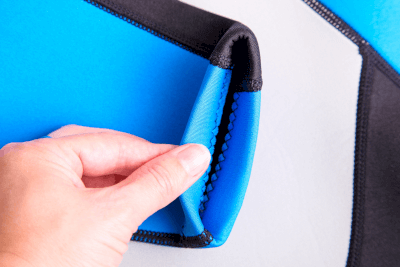What Is Chloroprene Rubber?

Chloroprene rubber is a synthetic rubber known for its balanced properties, including ozone, oil, and heat resistance. It is used in various applications such as automotive belts, hoses, O-rings, and adhesives. This rubber is characterized by double bonds between carbon atoms in its main chain and the presence of chlorine atoms attached to these carbon atoms, enhancing its oil and chemical resistance.
Commercial chloroprene rubber often has a modified main chain structure, with common types including mercaptan-modified, xanthogen-modified, and sulfur-modified, each chosen based on specific application needs.
Uses of Chloroprene Rubber
Chloroprene rubber’s excellent resistance properties make it a versatile material in the automotive and manufacturing industries. Its applications include belts, hoses, wires, cables, O-rings, and adhesives. It is also soluble in organic solvents, making it useful in adhesive formulations for bonding a wide range of materials.
Principle of Chloroprene Rubber
Chloroprene rubber, made from acetylene or butadiene, has chlorine directly bonded to carbon atoms with double bonds. The chlorine enhances its resistance properties. Chloroprene monomers are typically produced using the butadiene method due to safety considerations. Polymerization of these monomers via radical emulsion polymerization results in chloroprene rubber.
Properties of Chloroprene Rubber
Modified types of chloroprene rubber, such as mercaptan-modified, xanthogen-modified, and sulfur-modified, offer various properties suitable for different applications. While copolymers of chloroprene rubber are less common due to manufacturing complexities, certain types like those with methacrylic acid or 2,3-dichloro-1,3-butadiene have unique properties for specific uses.